Although the nation only gained independence from the Ottoman Empire in 1912, the Albanian flag stands out among modern European flags by using ancient symbols as a link to a long and proud heritage. It has been nicknamed the “Kuq e Zi” (Red and Black).
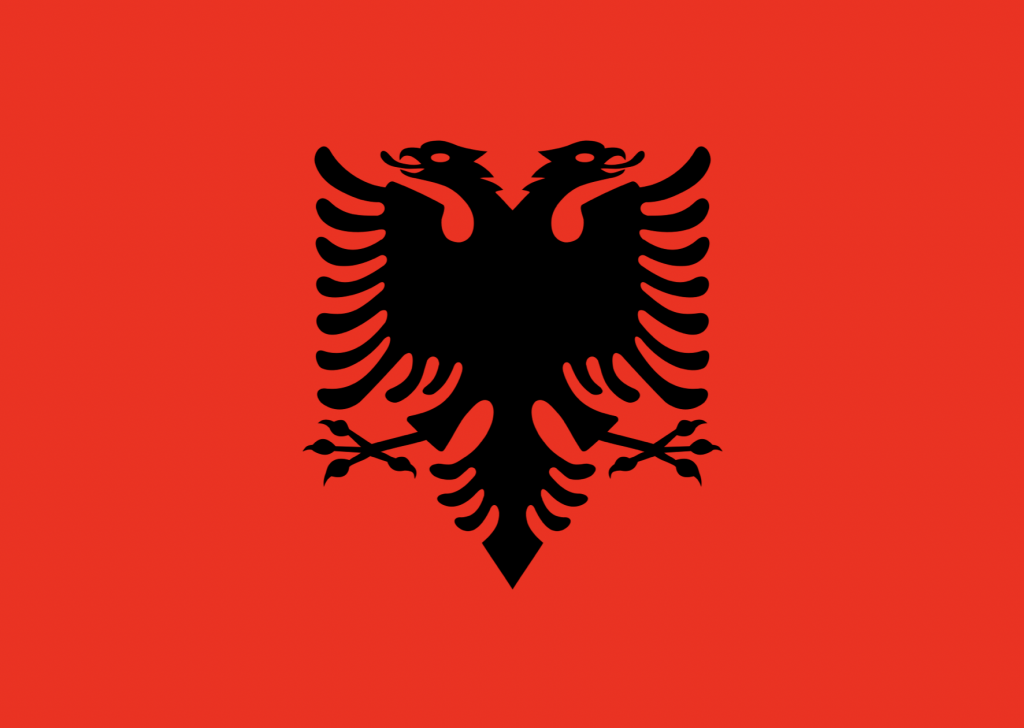
The striking red-and-black design, featuring the double-headed eagle, is an icon of the country. It symbolizes resilience, unity, and the nation’s centuries-long quest for sovereignty. This enduring emblem of strength and pride represents Albania’s aspirations and unique identity within the Balkans and on the global stage.
Table of Contents
The Historical Roots of the Albanian Flag
Albania’s national flag prominently features a black, two-headed eagle on a vibrant red background. This emblem is deeply tied to Albania’s medieval history and identity, particularly through the legacy of Gjergj Kastrioti Skanderbeg, Albania’s national hero.
Skanderbeg, a nobleman and military commander, led a determined resistance against the Ottoman Empire in the 15th century, using the eagle as his personal emblem. This symbol would come to represent Albanian dedication to independence.
His opposition to Ottoman rule, lasting over 25 years, remains a powerful inspiration for Albania’s eventual sovereignty, even more than 600 years after his time. The main square in Tirana is even named after him, with a statue of him on horseback taking pride of place.
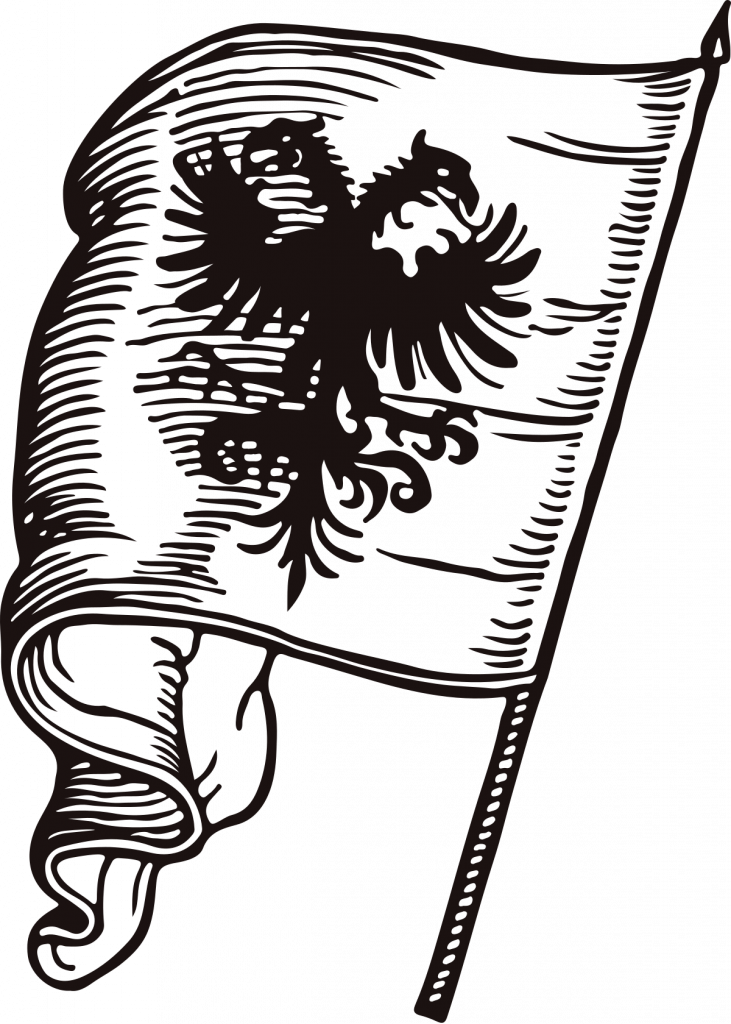
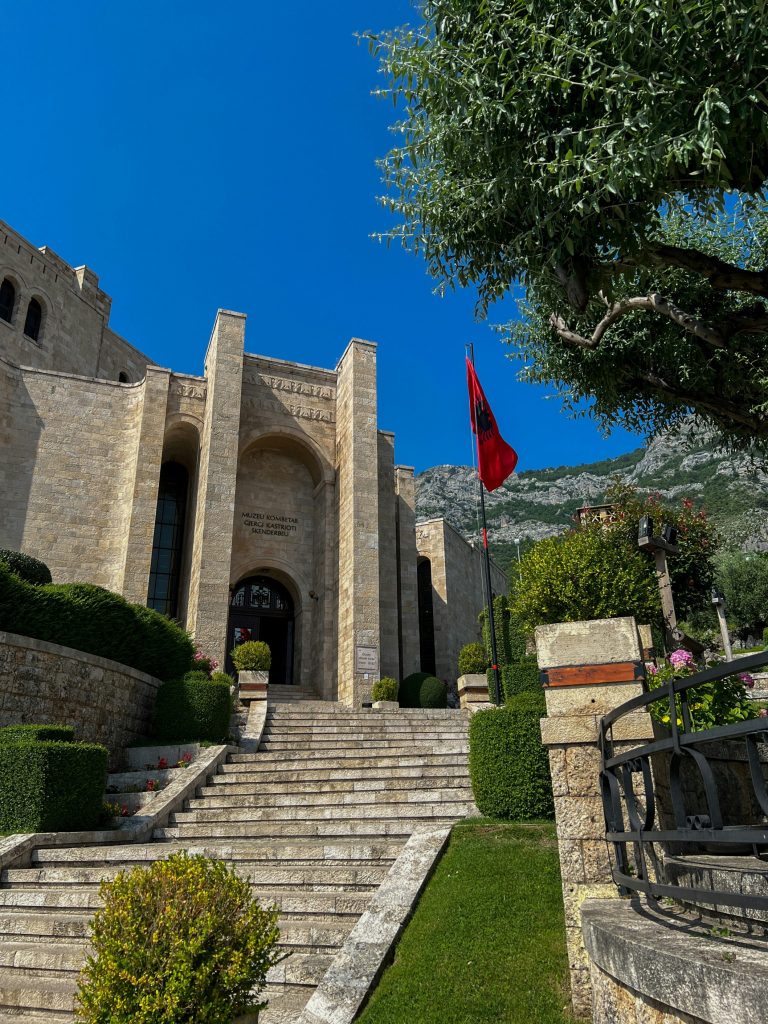
During over four centuries under Ottoman rule, Albania largely lacked its own flag, but the memory of Skanderbeg and his emblem endured. The black Albanian eagle was revived at the 1912 Declaration of Independence from the Ottoman Empire.
Despite various occupations, political upheavals, and periods of national struggle, Albania’s iconic “Red and Black” flag has endured throughout. Although the design has seen subtle modifications as Albania’s political landscape shifted, the double-headed eagle on a red background has been a constant, representing resilience and national unity.
Changes and Adaptations Through Time
Unsurprisingly, the first rendition of an Albanian national “flag” came into being during the time of Skanderbeg. There are paintings and printings from the end of the 16th century depicting his army carrying banners with the double-headed eagle, albeit without the red background.
From 1479 to 1912, Albania came under the control of the Ottoman Empire. The Ottomans used various banners over this time to represent the whole country and Albania specifically. The standardized flag of the empire, the crescent and star design that is almost identical to Turkey’s modern flag, was officially adopted in 1844. This would have flown over state buildings across Albania.
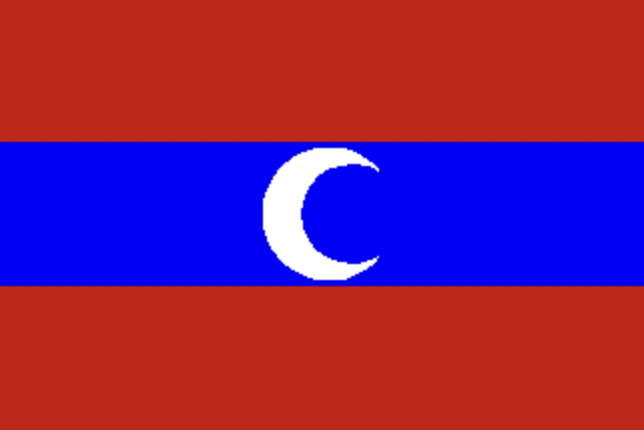
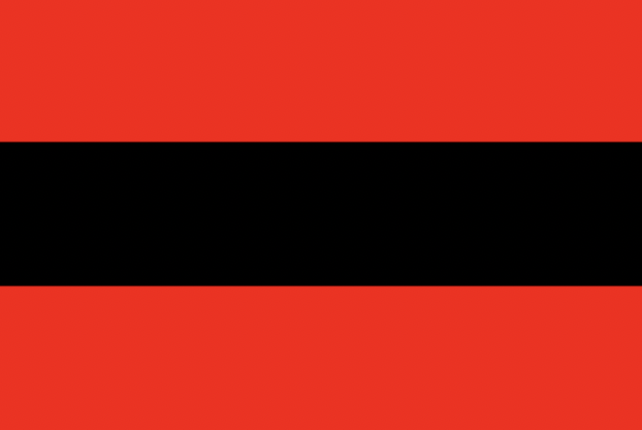
Evidence suggests that the Ottomans permitted Albanian sailors to fly their own flags on ships, though these flags were designed and approved by the empire. Muslim Albanians were allowed to use the design given to ethnic Greeks, except with a white crescent added to the middle. Non-Muslims flew a red-black-red horizontal tricolour, the exact meaning of which is unclear.
As the country achieved independence, incorporating Skanderbeg’s Albanian eagle became an obvious choice. Set against a red background to symbolize the blood and sacrifices of those who fought for Albania over the years, the flag shared the widespread use of red as seen in other national flags.
This design then saw minor alterations as governments came and went. Between 1928 and 1939, Albania was a monarchy, during which a small depiction of Skanderbeg’s helmet was placed above the eagle. During World War II, Albania became a client state of Nazi Germany, but the helmet remained.
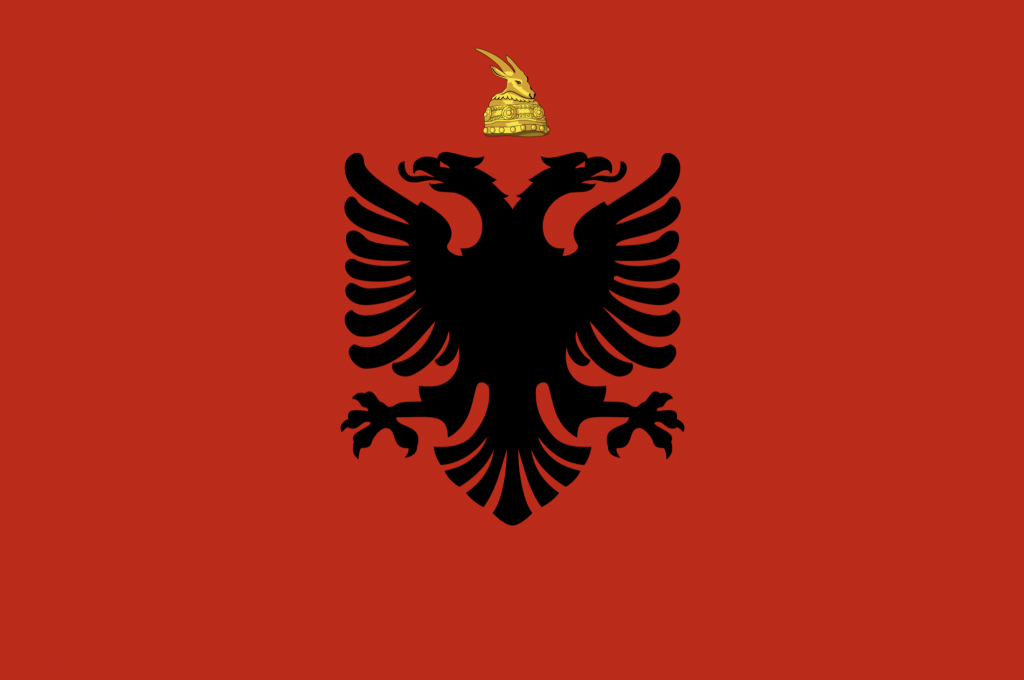
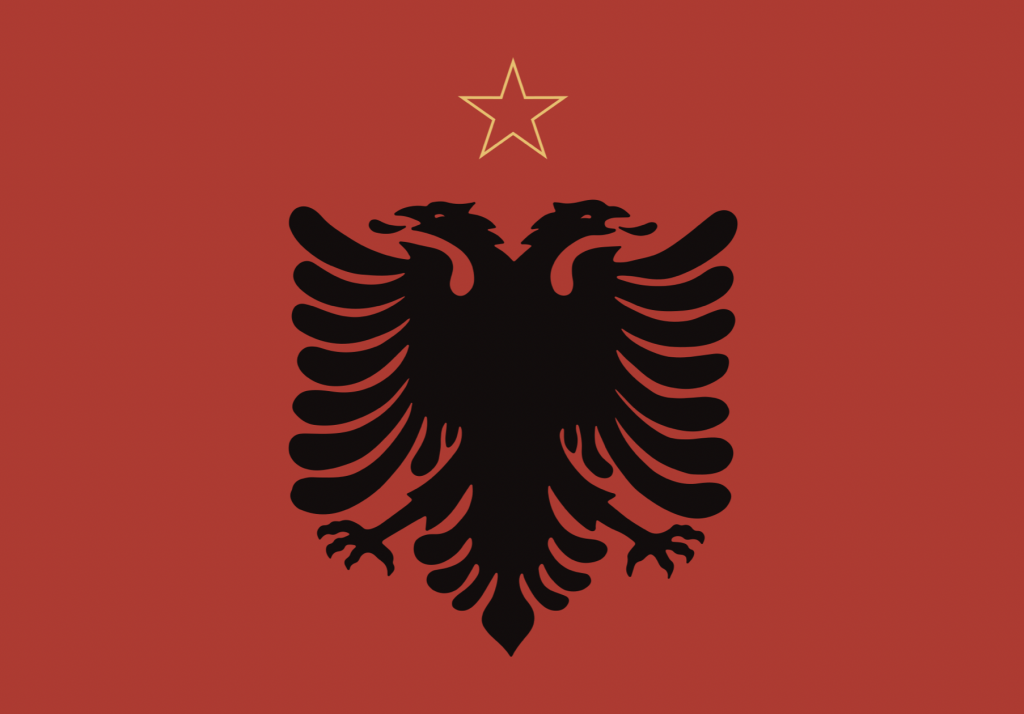
The Communist Resistance came to power in 1944, and they originally used the 1912 flag. However, a gold star was then added to the top of the eagle, symbolizing the communist ideology and aspirations of the era.
Following the fall of communism in 1992, the Albania flag returned to a simpler version of the red backdrop with the black eagle. This iteration remains Albania’s official flag to this day.
The Symbolism of Albania’s Flag
Every part of the Albanian flag is rich in cultural and historical meaning. The double-headed eagle stands as a uniquely Albanian emblem, while the red background links the country to the many other nations that incorporate the colour of blood into their flag.
- The Two-Headed Eagle: The eagle’s two heads face in opposite directions, representing Albania’s Eastern and Western influences, given its position as a historical crossroads between the Byzantine and Ottoman empires. It also symbolizes unity and strength, as well as vigilance over Albania’s lands and people. It serves as a reminder of Skanderbeg’s fight for independence and of Albania’s enduring spirit.
- Red Background: The red represents bravery, sacrifice, and resilience. It honours the Albanian people’s sacrifices over the centuries and the courage of those who shed their blood defending the land from foreign powers.
How can I see Albania’s Flag?
Albania is not only a symbolically rich nation but also a beautiful one, with its ancient castles, unspoiled mountains, and sparkling coastline along the Adriatic Sea. The flag flies proudly across the country, particularly during national celebrations. In Tirana, Skanderbeg Square hosts annual Independence Day celebrations on November 28, where the national flag takes center stage.
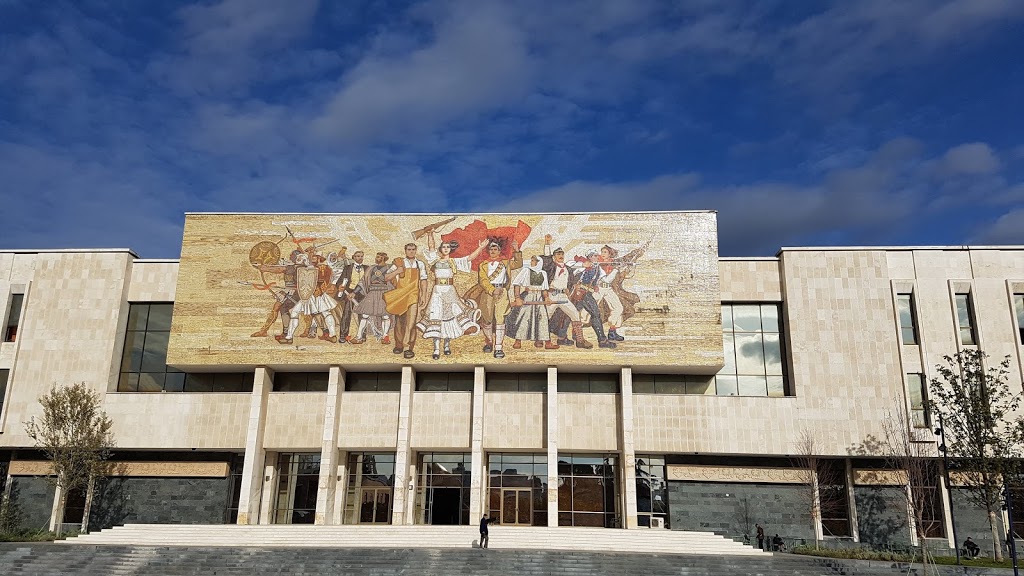
Albania’s flag stands out among those in the Balkans, as it does not use pan-Slavic colours, nor does it incorporate religious symbols. Albanians belong to a unique ethnic group and speak a distinctive language. While most Albanians are Muslim, the nation is extremely secular and very few people are practicing.
For a true immersion into Albania’s culture and history, we offer a comprehensive tour of Albania at least once a year. However, if you’d like to tailor your experience, we’d be delighted to customize a private tour according to your dates, wants, and interests. Visit our Albania page or reach out to us via email for more information!





